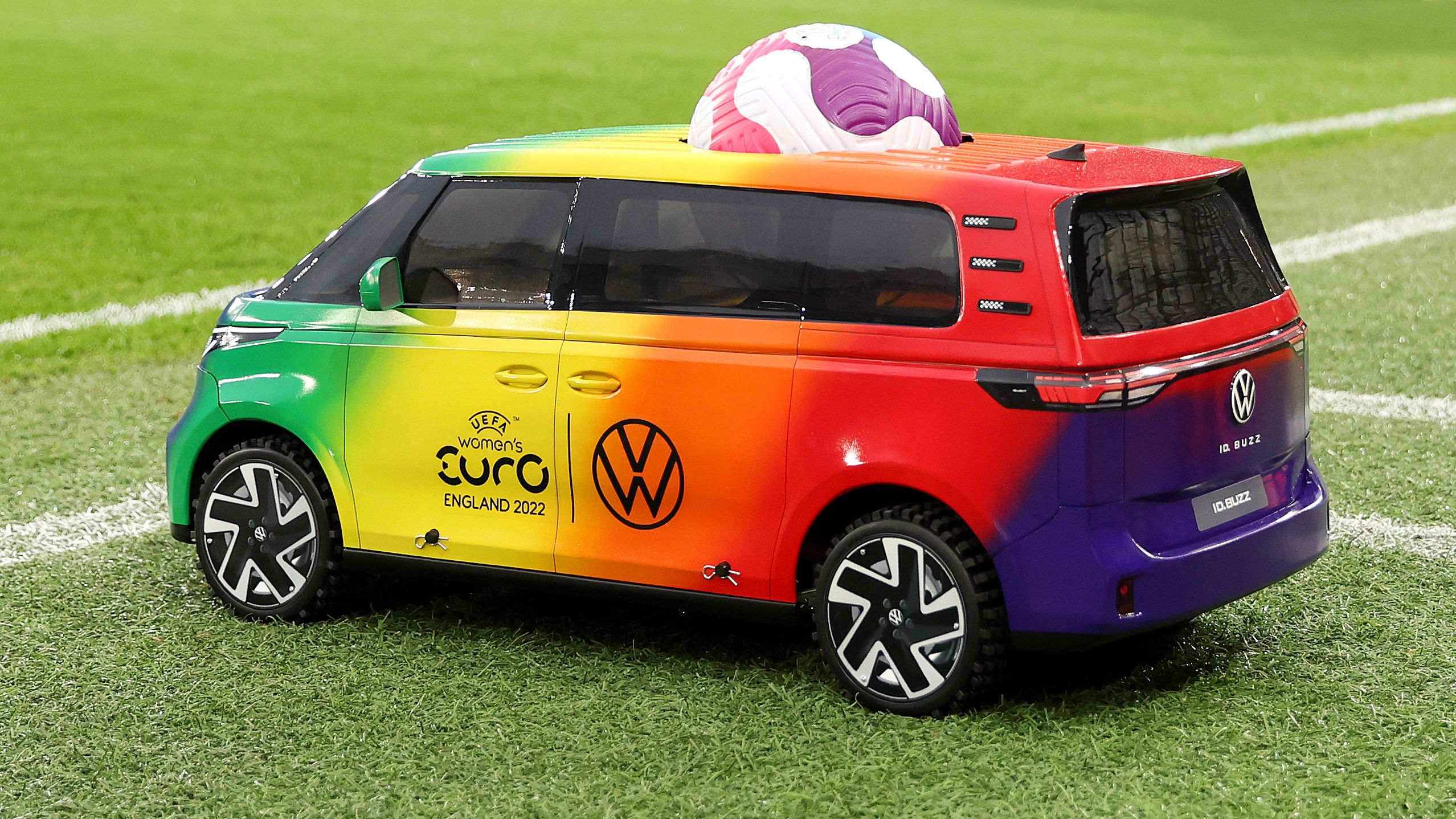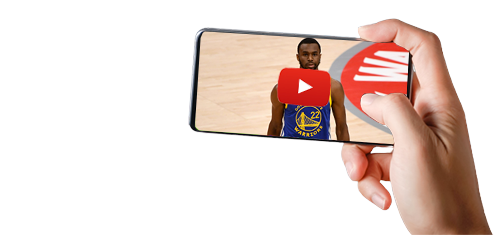
Women’s Euro 2022 has seen the return of a remote controlled car delivering the match ball before each game.
First seen at Euro 2020, it is not the first gimmick to be rolled out in the footballing world.
We take a look at other memorable ones that the beautiful game has produced over the years, including rules which have been left by the wayside.
MLS ice hockey-style shootouts
Major League Soccer debuted in 1996 and the United States’ top division had a very interesting format in deciding the outcomes of matches that ended in a draw.
The typical one point apiece did not exist until 2000 as each game instead finished with a unique shootout — similar to those in ice hockey — so that every clash concluded with a winner.
Players started with the ball 35 yards from goal and had five seconds to take a shot against the goalkeeper, who was free to move off his line.
The winner of the shootout would get one point and the loser got nothing — many MLS fans have since called for this format to return due to the excitement it provided.
Assistant referees on the goal line
Goal-line technology was introduced in the 2014 World Cup, eradicating any controversial calls as to whether the ball had crossed the paint or not.
Prior to its introduction, and after Frank Lampard’s infamous strike against Germany clearly crossed the line four years earlier, additional assistant referees were positioned beside the goal line.
Former UEFA president Michel Platini dismissed the need for technology before Euro 2012 began and wanted the additional assistant referees to remain.
But mistakes were still made and the debate was sparked again when Ukraine were denied a strike against England at the tournament, despite one of the extra officials having a clear view of the action.
Golden and silver goals
The golden goal rule was formally introduced by FIFA in 1992, which meant that the first effort scored in extra-time was the winner.
It helped decided back-to-back European championships as Germany beat the Czech Republic in 1996 and France got the better of Italy four years later.
The rule was implemented in order to promote attacking football in extra-time, but in reality it did the opposite as sides chose to set up defensively in fear of losing.
In the 2002-03 season, UEFA introduced the silver goal rule, which meant that if the scores were not level after the first half of extra-time, the team leading would win.
That was also poorly received and neither have been used since the end of Euro 2004.
Classic drop ball
The classic drop ball rule would take place when play was stopped due to reasons other than typical fouls or misconduct, usually when a player went down injured.
In such cases, the referee would drop the ball from where it was when play was stopped before a player from each team would battle it out to win back possession.
There have been some hotly-contested drop balls over the years, with the most memorable being Wayne Rooney’s double foul against Hull — the Manchester United star receiving a yellow card for a crunching slide tackle on the second player.
This format was scrapped following the 2018-19 Premier League season and the referee now drops the ball to a player on the team who were last in possession instead.








